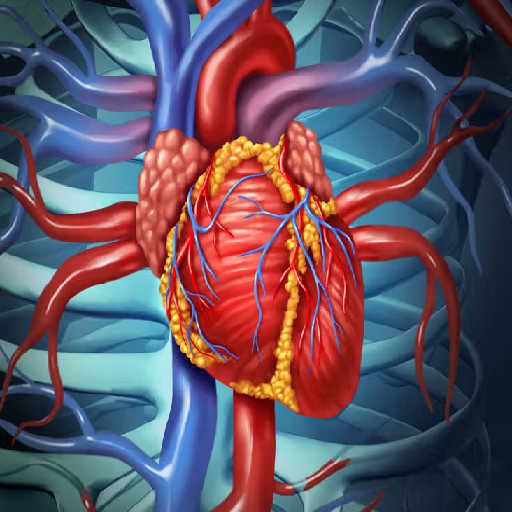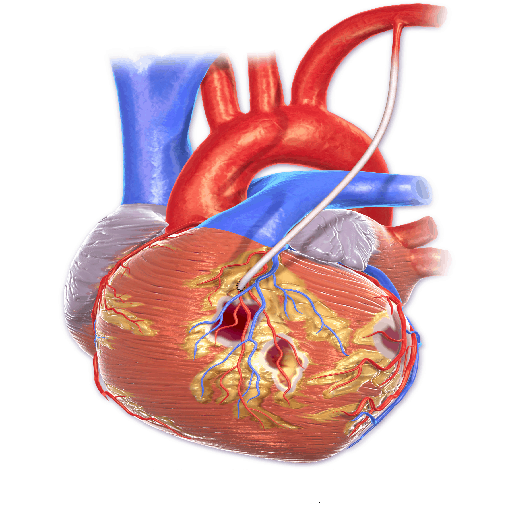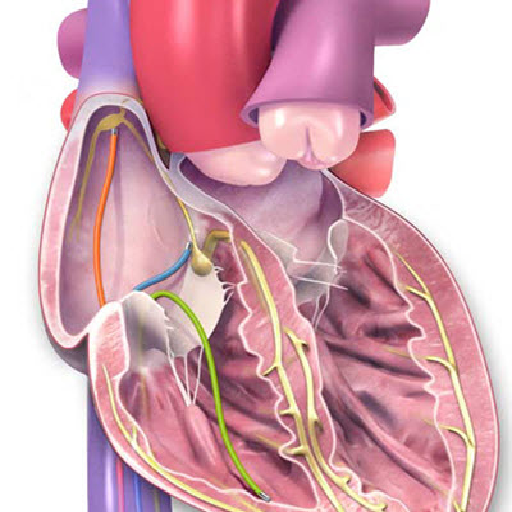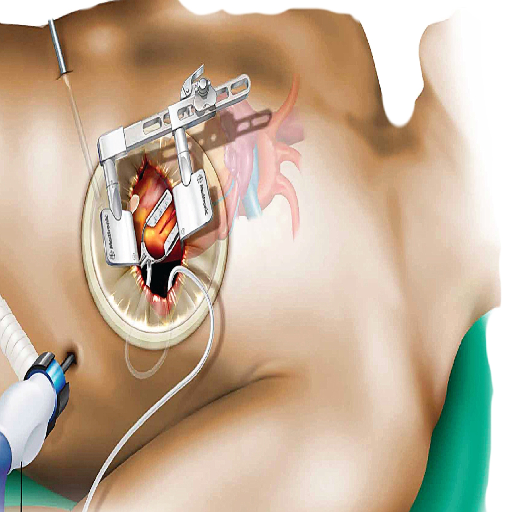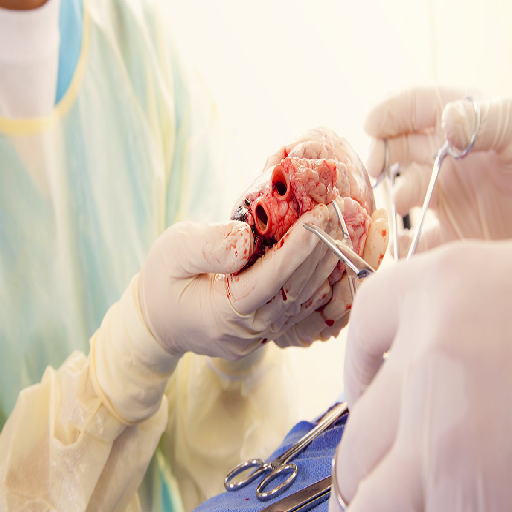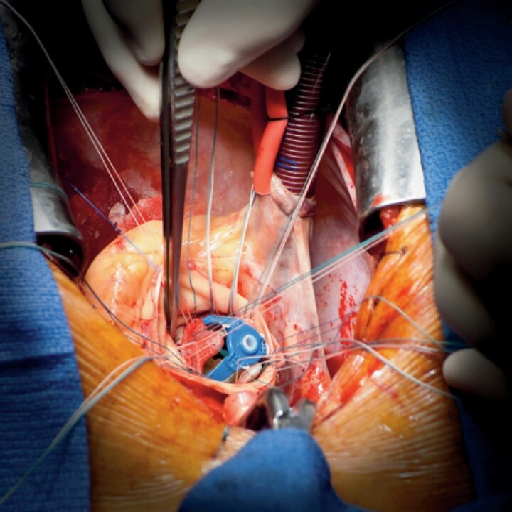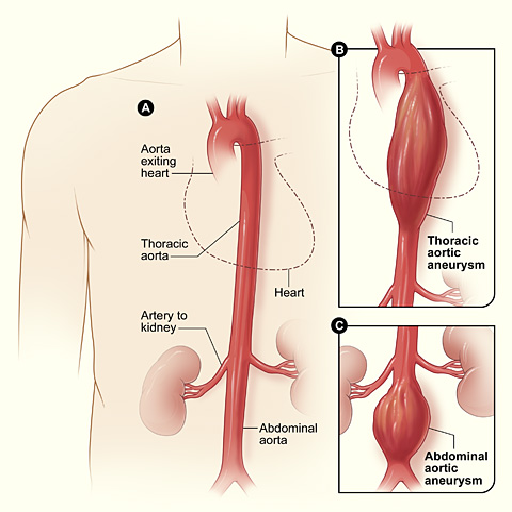When it comes to your heart, every decision matters. Whether you or a loved one is preparing for a cardiac
procedure or seeking more information, you've come to the right place.
This guide will walk you through everything you need to know about cardiac surgeries, why they’re performed,
and how to prepare for a life-changing journey toward better health.
At Best Cardiac Hospitals, we know that when it comes to matters of the heart, there’s no
room for compromise. Whether you’re seeking preventive care, advanced diagnostic services, or complex
cardiac procedures, we are here to connect you with the best cardiac hospitals and specialists worldwide.
Our mission is to ensure that every patient has access to top-quality care, cutting-edge technology, and
compassionate support at every step of their cardiac journey.
What is Cardiac Surgery and Why Is It Important?
Cardiac surgery, also known as heart surgery, involves surgical procedures performed on the heart or the
great vessels connected to it. These procedures aim to correct heart conditions caused by congenital
defects, cardiovascular diseases, or issues arising from aging and lifestyle factors. The surgery is
typically conducted by a specialized cardiac surgeon using advanced techniques, tools, and technologies.
Cardiac surgery is critical for maintaining and restoring heart health, which is vital for the overall
functioning of the body. Here's why it matters:
Life-Saving Intervention: For conditions like blocked arteries or heart failure, cardiac
surgery can be the difference between life and death. Emergency surgeries, such as those for heart
attacks or ruptured valves, can save lives.
Improved Quality of Life: Resolves symptoms like chest pain, shortness of breath, and
fatigue, enabling patients to lead active and healthier lives. Patients regain the ability to perform
daily tasks without limitations.
Prevention of Future Complications: Early intervention through surgeries like CABG
reduces the risk of heart attacks or strokes. Repairs of congenital heart defects prevent complications
that could worsen over time.
Enhances Longevity: Cardiac surgery addresses life-threatening heart conditions,
significantly extending life expectancy. It helps patients with chronic heart issues to manage their
condition effectively.
Supports Advanced Medical Conditions: In cases like end-stage heart disease, procedures
like heart transplants provide a second chance at life. Valve surgeries reduce the risk of developing
additional conditions like heart failure or arrhythmias.
Types of Heart Surgeries
Coronary Artery Bypass Grafting (CABG)
Coronary artery bypass graft surgery (CABG) is a procedure used to treat coronary artery disease.
Coronary artery disease (CAD) is the narrowing of the coronary arteries. These are the blood vessels
that supply oxygen and nutrients to the heart muscle. CAD is caused by a build-up of fatty material
within the walls of the arteries. This buildup narrows the inside of the arteries, limiting the supply
of oxygen-rich blood to the heart muscle.
Arrhythmia Surgery
Arrhythmia surgery is a specialized procedure used to treat abnormal heart rhythms, known as
arrhythmias, which occur when the heart beats too fast, too slow, or irregularly. These irregular
heartbeats can interfere with the heart’s ability to pump blood effectively, leading to symptoms such as
dizziness, shortness of breath, fatigue, and an increased risk of stroke or heart failure. Arrhythmia
surgery is typically considered when medications or less invasive treatments, such as catheter ablation,
are not effective in controlling the condition.
Minimally Invasive Heart Surgery
Minimally invasive heart surgery is an advanced surgical technique used to treat various heart
conditions through small incisions, rather than the traditional open-heart surgery approach. In this
method, surgeons use specialized instruments and a tiny camera (thoracoscope) to perform the procedure,
often without the need to fully open the chest or cut through the breastbone (sternum). This technique
can be used for surgeries such as heart valve repair or replacement, coronary artery bypass grafting
(CABG), and correcting congenital heart defects.
Heart Transplant
A heart transplant is a life-saving surgical procedure in which a diseased or failing heart is replaced
with a healthy heart from a deceased donor. It is typically performed on patients with end-stage heart
failure or severe heart conditions that no longer respond to medical treatments, such as medications,
lifestyle changes, or less invasive surgeries. Common conditions leading to a heart transplant include
coronary artery disease, cardiomyopathy, congenital heart defects, and severe valve disease.
Heart Valve Repair and Replacement
Heart valve repair and replacement are medical procedures used to treat diseases of the heart valves. The
heart has four valves—mitral, aortic, tricuspid, and pulmonary—that ensure blood flows in the correct
direction. When these valves malfunction due to narrowing (stenosis) or leakage (regurgitation), they
can lead to symptoms like fatigue, shortness of breath, chest pain, and potentially life-threatening
complications.
Aneurysm Repair
Aneurysm repair is performed to correct a weakened area in the wall of a blood vessel that could
potentially rupture. Depending on the location and size of the aneurysm, different surgical approaches
may be used, such as open surgery or endovascular repair. There are two primary methods of aneurysm
repair:
Open surgery involves making an incision to access the aneurysm, where the damaged section of the blood
vessel is replaced with a synthetic graft. This traditional method is highly effective but requires a
longer recovery period. Endovascular aneurysm repair (EVAR)s, a less invasive option,
involves threading a stent graft through a catheter inserted via a small incision in the groin. The
stent graft is then positioned inside the aneurysm, reinforcing the weakened vessel wall and reducing
the risk of rupture.
Preparing for Cardiac Surgery
Preparing for cardiac surgery involves multiple steps to ensure both your physical and emotional readiness,
helping improve outcomes and making the experience more manageable. Here’s a breakdown of the process:
1. Diagnostic Tests
Before the surgery, your medical team conducts thorough assessments to understand the condition of your heart
and prepare for the procedure. These may include:
ECG (Electrocardiogram): Measures the electrical activity of your heart.
Stress Tests: Evaluates how your heart performs under physical exertion.
Echocardiograms: Uses ultrasound to create detailed images of the heart's structure
and function.
Blood Tests: Checks for markers of heart health, infections, and organ function.
Angiography: Provides detailed imaging of blood vessels to detect blockages or
abnormalities.
2. Lifestyle Adjustments
Making healthy changes to your daily habits is crucial for surgery success and recovery:
Quit Smoking and Alcohol: These can interfere with healing and increase surgical risks.
Manage Chronic Conditions: Keep diabetes, cholesterol, and blood pressure under control with
medication and lifestyle changes.
Follow a Healthy Diet: Focus on doctor-recommended nutrition, which often includes reducing
salt, unhealthy fats, and processed foods while increasing fruits, vegetables, and lean proteins.
3. Emotional Readiness
It’s common to feel anxiety or fear about surgery. Addressing these emotions is an important part of
preparation:
Talk About Concerns: Share your worries with your surgeon, care team, and loved ones.
Seek Counseling: Many hospitals offer counseling or pre-surgical education programs to
help you feel informed and reassured.
Build Support: Lean on family or friends for emotional and logistical support during
this time.
Risks of Cardiac Surgery
While cardiac surgery has become safer due to advancements in medical technology and
surgical techniques, there are still potential risks associated with the procedure. These include:
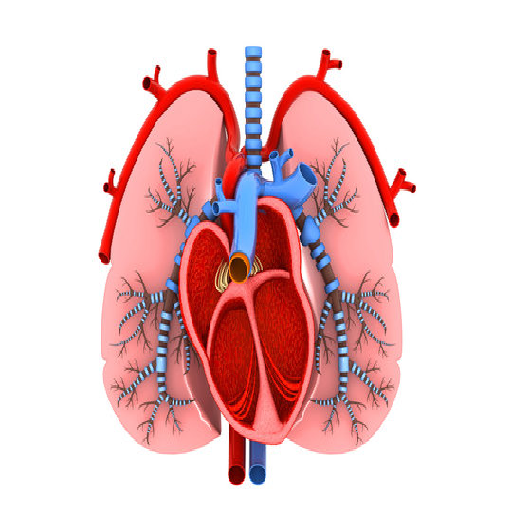
Infection
Post-surgical infections can affect the incision, chest cavity, or lungs, with higher risk for
immunocompromised patients.
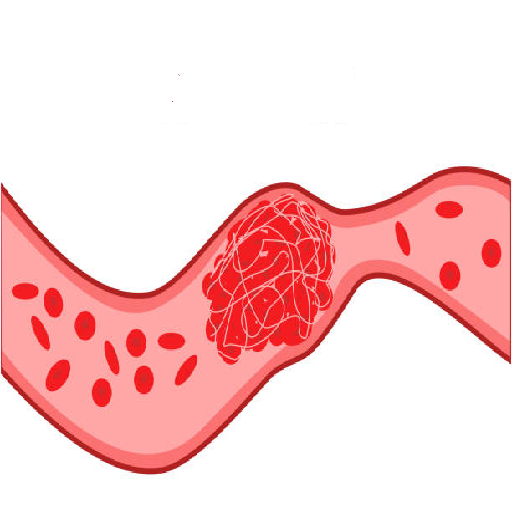
Blood Clots
Clots may form during or after surgery, risking DVT or pulmonary embolism, but medications and
movement reduce this risk.
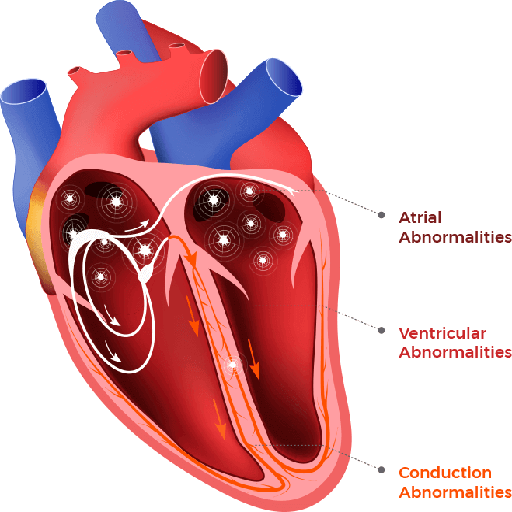
Arrhythmias
Temporary heartbeat irregularities are common after cardiac surgery, usually resolving with treatment
and careful monitoring.
What Happens During Surgery?
It provides a concise overview of the typical steps involved in cardiac surgery, aiming to help patients
understand the process and alleviate anxiety. Here’s a detailed explanation:
1. Anesthesia
Purpose: General anesthesia is administered to ensure you are unconscious, pain-free,
and completely comfortable throughout the surgery. An anesthesiologist carefully monitors your vital signs,
such as heart rate, breathing, and blood pressure, to ensure safety.
2. The Surgical Procedure
The exact steps vary depending on the type of cardiac surgery, but they often involve:
Opening the Chest: For traditional open-heart surgery, the surgeon makes an incision
in the chest and opens the breastbone to access the heart.
Heart-Lung Machine: In many surgeries, a machine temporarily takes over the
heart's function, maintaining blood circulation and oxygenation during the procedure.
Repair or Replacement: The surgeon repairs or replaces the damaged heart tissue,
valves, or arteries, depending on the underlying condition.
3. Timeframe
Duration: Most surgeries take about 3–6 hours. However, complex procedures
(e.g., multiple bypasses or valve replacements) may require additional time. The duration includes
preparation, the surgery itself, and the closure of the surgical site.
Outcomes of Cardiac Surgery
Despite the risks, cardiac surgery often leads to significantly improved health and
quality of life for patients. Outcomes include:
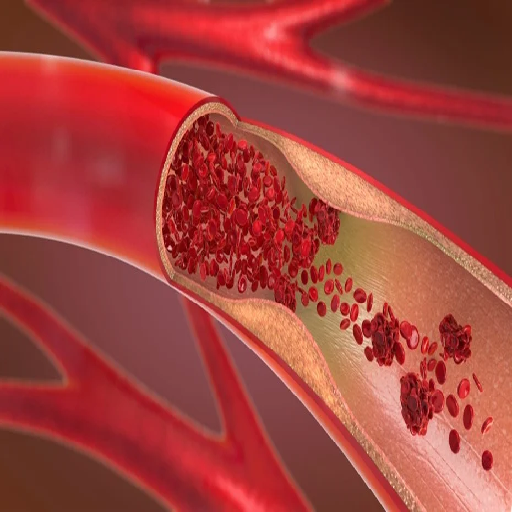
Restored Blood Flow
Procedures like bypass surgery or angioplasty remove blockages, improving heart function.

Improved Symptoms
Many patients experience significant relief from chest pain, shortness of breath, and persistent
fatigue.

Prolonged Longevity
Addressing life-threatening heart conditions can significantly add healthy years to a patient’s life.

Improved Well-being
Patients often feel more energetic, confident, and able to engage in daily activities post-recovery.
Take the Next Step Toward Better Heart Health
Your heart is vital to your overall health, and it deserves the highest standard of care. By seeking
treatment at the world’s leading cardiac hospitals, you gain access to cutting-edge technology, innovative
treatment options, and highly skilled medical professionals dedicated to ensuring the best outcomes. These
facilities specialize in comprehensive diagnostics, personalized treatment plans, and post-treatment
rehabilitation, ensuring a holistic approach to your heart health.
Take the next step toward a healthier heart by scheduling consultations with top specialists who can provide
expert guidance tailored to your unique needs. With centralized platforms offering hospital directories,
treatment information, and logistical support, you can easily access the resources required to make informed
decisions about your care. Empower yourself with the knowledge and tools to prioritize your heart health and
achieve long-lasting well-being.
Top Hospitals Top
Surgery Top Destinations
Top Surgeons
